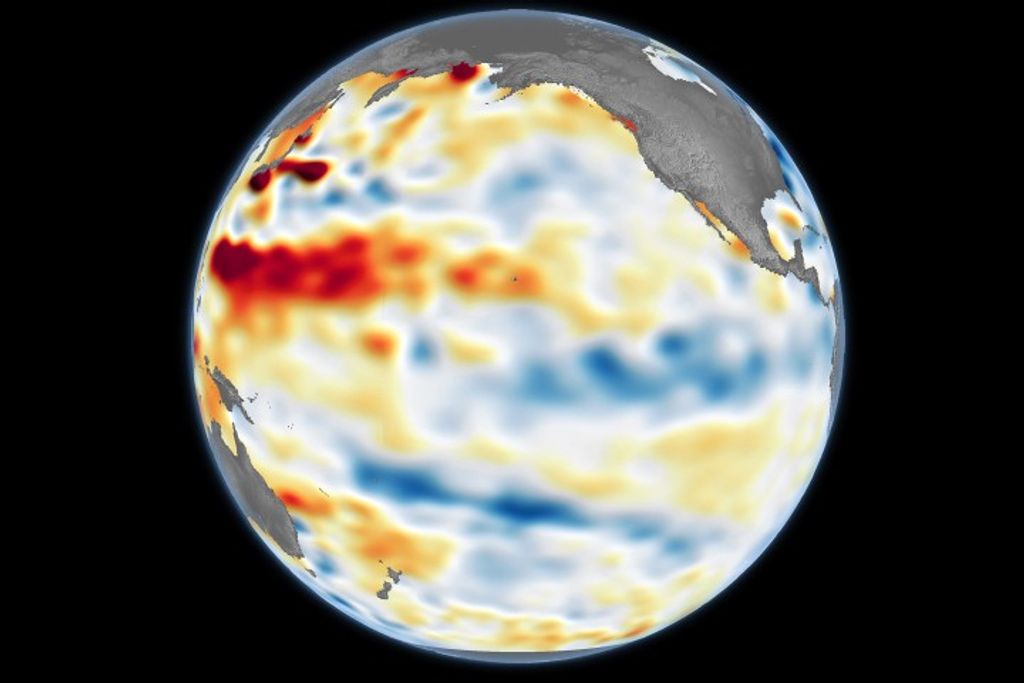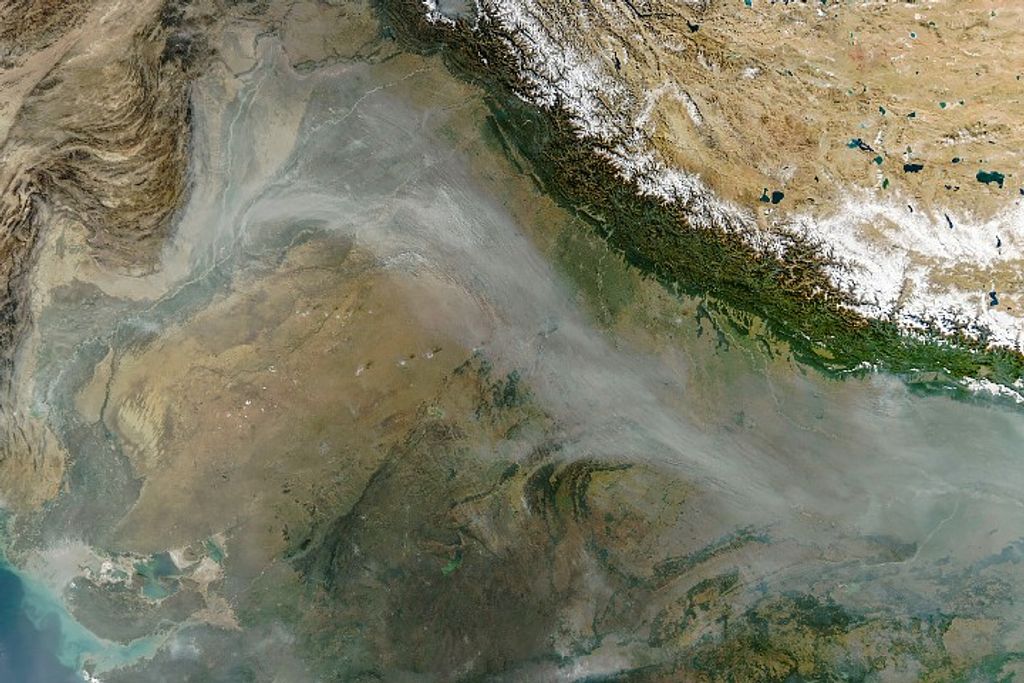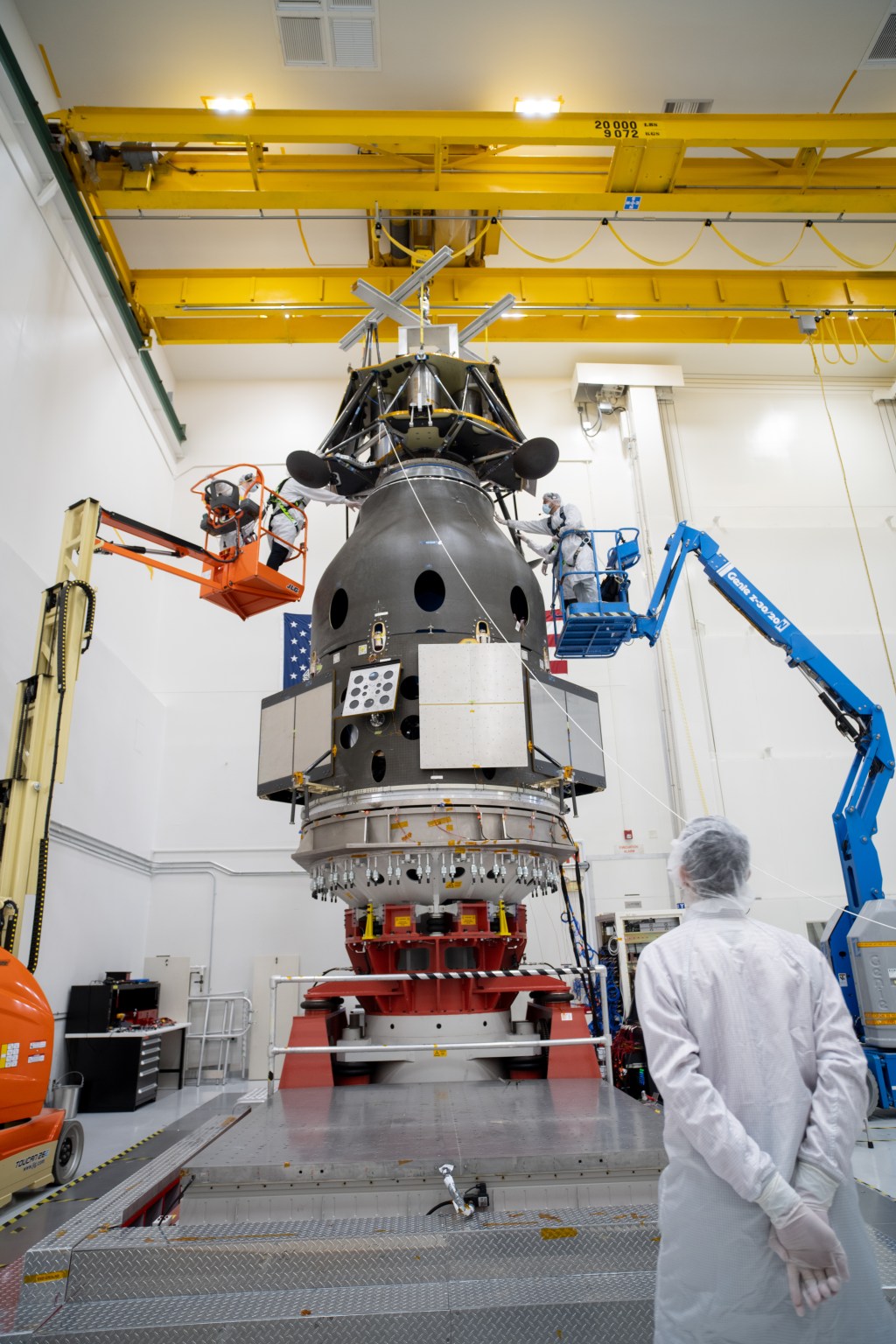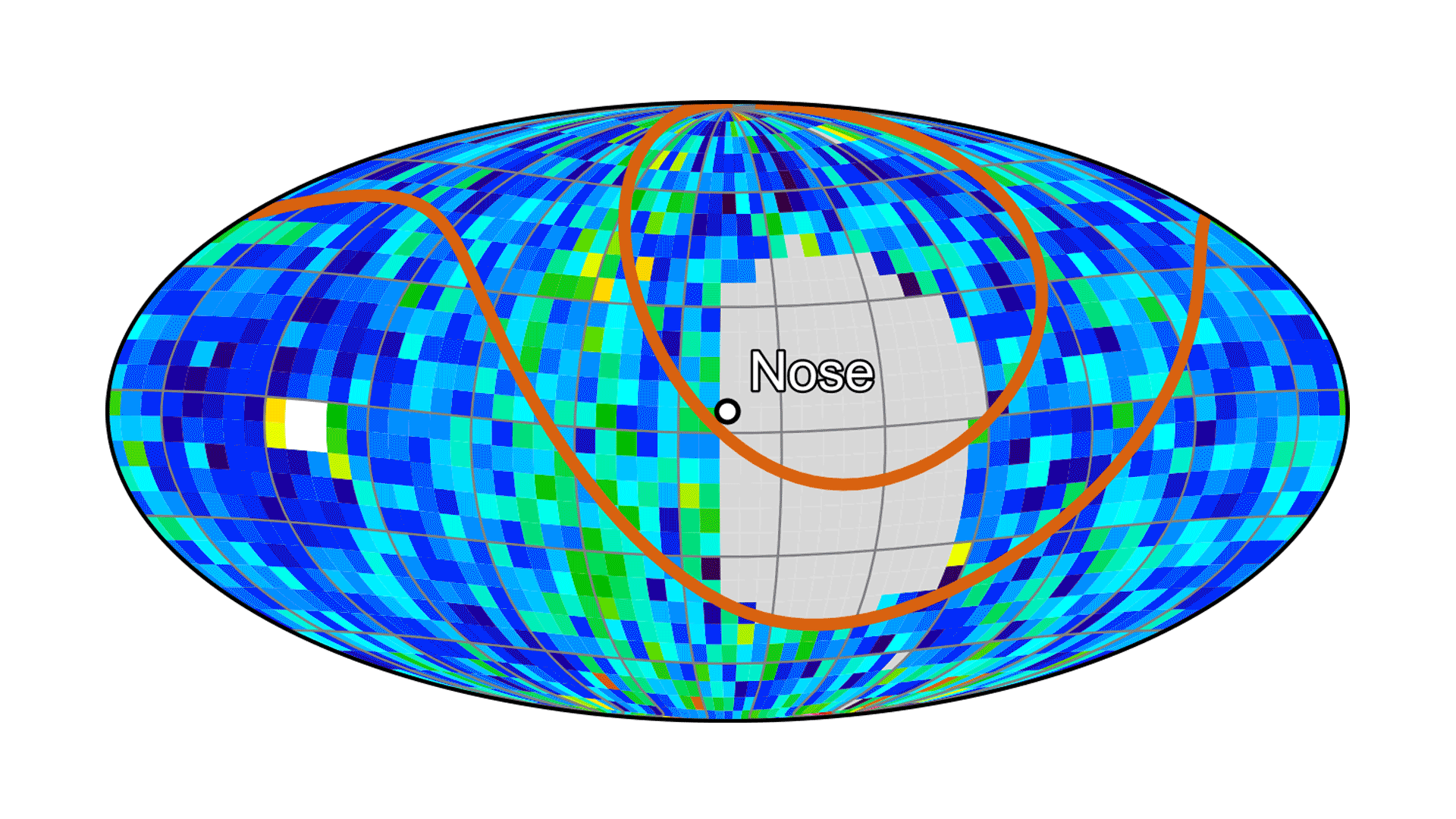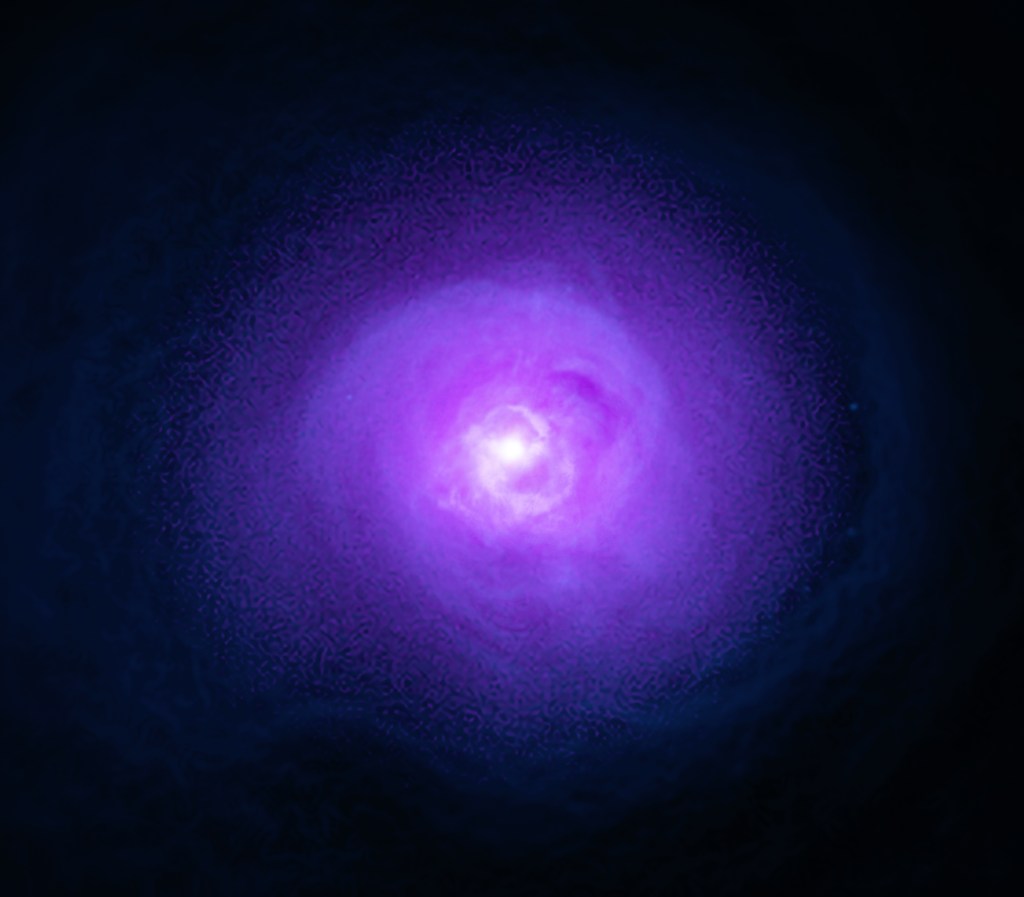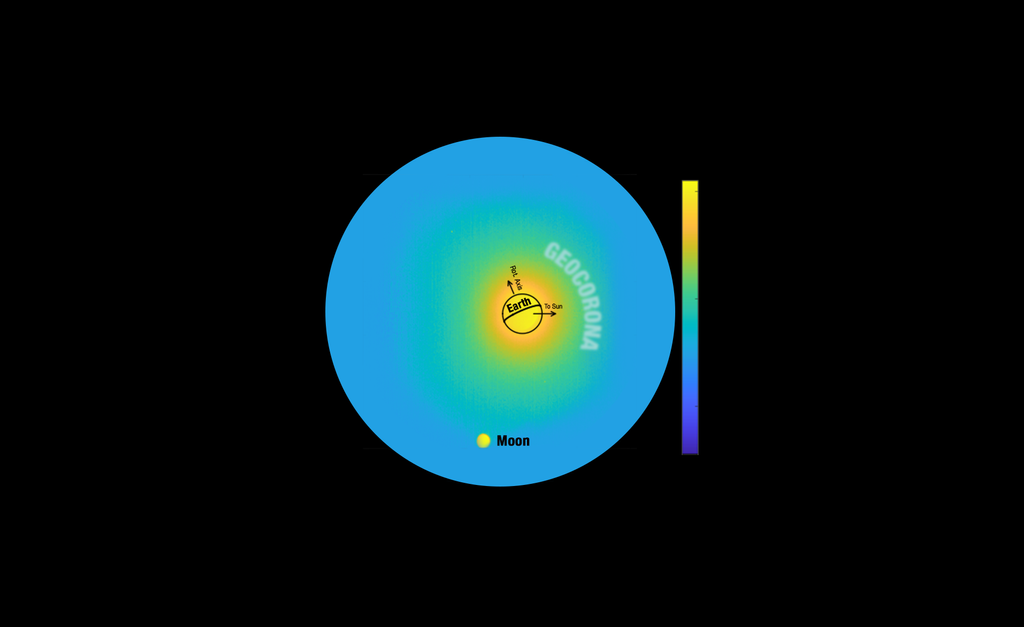NASA’s IMAP Mission ‘Go’ for Launch
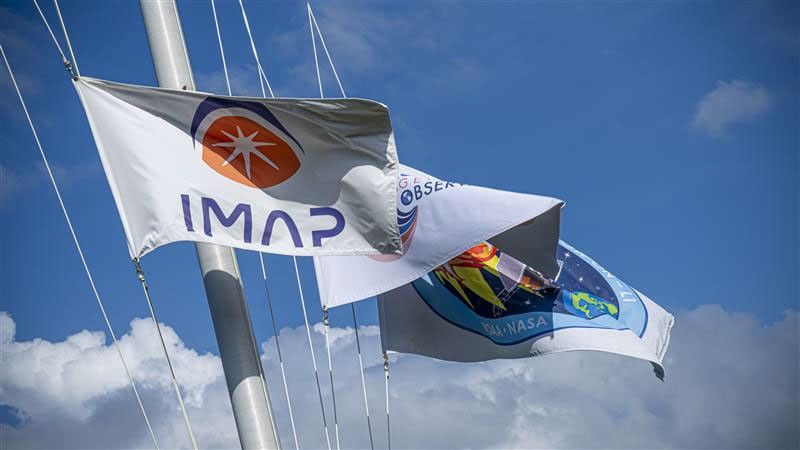
NASA, SpaceX, and spacecraft mission managers are moving forward with the launch of the agency’s IMAP (Interstellar Mapping and Acceleration Probe) mission to study space weather from the Sun and map the edges of our solar system.
During the agency’s Launch Readiness Review, Dr. Denton Gibson, NASA’s launch director, and the launch team polled “go” for launch for IMAP and its two rideshares: NASA’s Carruthers Geocorona Observatory and the National Oceanic and Atmospheric Administration’s (NOAA) Space Weather Follow On – Lagrange 1 (SWFO-L1) satellite.
NASA will host a prelaunch news conference at 2:30 p.m. EDT Sunday to discuss the three missions. Coverage will stream on the agency’s website and YouTube channel with the following participants:
- Dr. Nicky Fox, associate administrator, Science Mission Directorate, NASA Headquarters
- Brad Williams, IMAP program executive, NASA Headquarters
- Irene Parker, deputy assistant administrator for Systems at NOAA’s National Environmental Satellite, Data, and Information Service
- Dr. Denton Gibson, launch director, NASA’s Launch Services Program, NASA Kennedy
- Julianna Scheiman, director, NASA Science Missions, SpaceX
- Arlena Moses, launch weather officer, 45th Weather Squadron, U.S. Space Force
Following the news conference, the agency will host a science overview news conference at 3:45 p.m., also streaming on the agency’s website and YouTube channel with the following participants:
- Dr. Joe Westlake, director, Heliophysics Division, NASA Headquarters
- Dr. David J. McComas, IMAP principal investigator, Princeton University
- Dr. Lara Waldrop, Carruthers Geocorona Observatory principal investigator, University of Illinois Urbana-Champaign
- Jamie Favors, director, Space Weather Program, Heliophysics Division, NASA Headquarters
- Clinton Wallace, director, NOAA Space Weather Prediction Center,
- Dr. James Spann, senior scientist, NOAA Office of Space Weather Observations
Liftoff of the IMAP mission is targeted for 7:32 a.m. on Tuesday, Sept. 23, aboard a SpaceX Falcon 9 rocket at Launch Complex 39A from NASA’s Kennedy Space Center in Florida. If needed, a backup opportunity is available at 7:30 a.m. on Wednesday, Sept. 24.
Let people know you’re watching the mission on X, Facebook, and Instagram by following and tagging these accounts:
X: @NASA, @NASAKennedy, @NASASolarSystem, @NOAASatellies
Facebook: NASA, NASA Kennedy, NASA Solar System, NOAA Satellites
Instagram: @NASA, @NASAKennedy, @NASASolarSystem, @NOAASatellites
For more information about these missions, visit:









